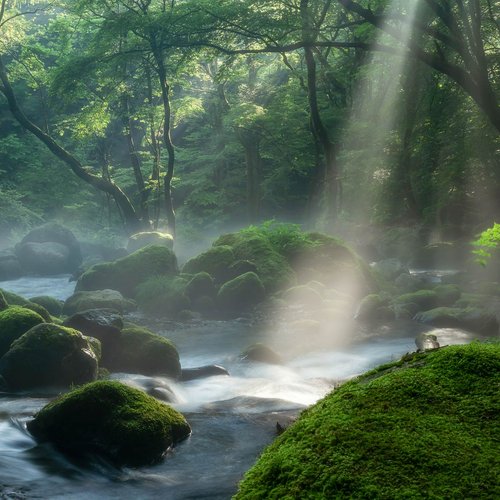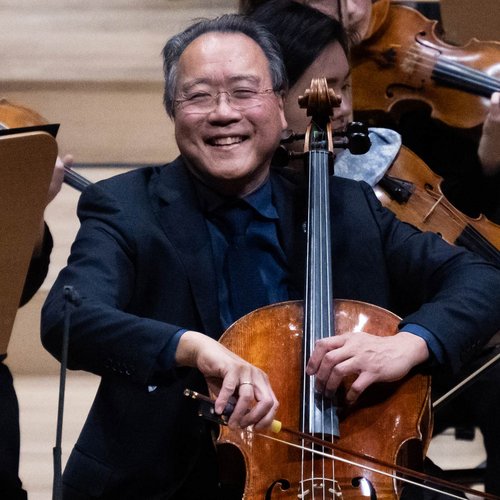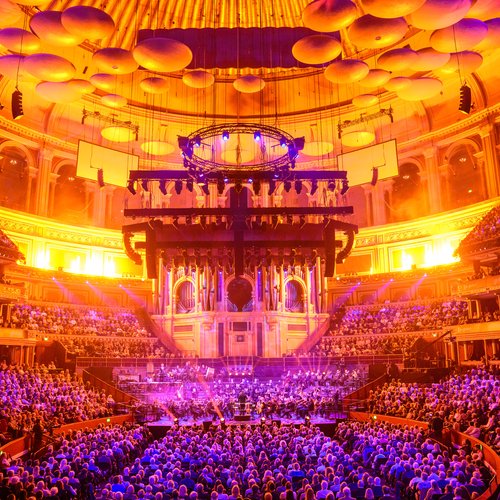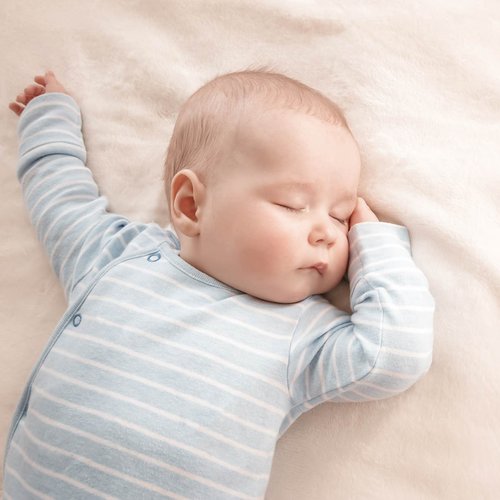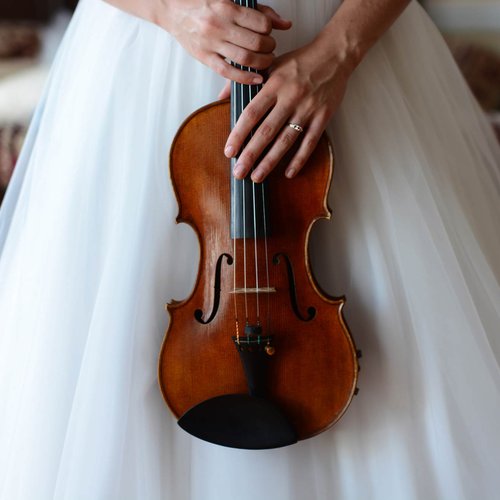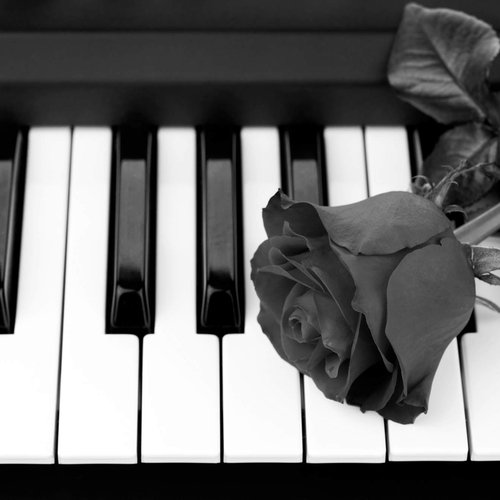Scientists created the quietest place on earth, a concrete chamber where you can hear your blood move
8 April 2021, 15:33 | Updated: 8 April 2021, 17:09
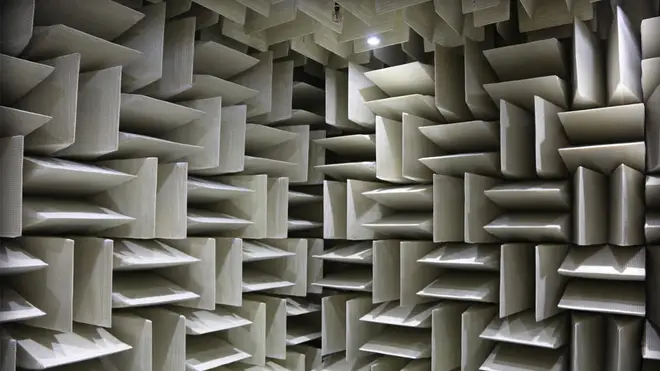
Nobody on record has managed to stand in the world’s quietest room for a whole hour.
In 2015, Microsoft built the quietest place on earth. But while it may sound like a sanctuary of meditative bliss, few can stand being in the room for an elongated amount of time.
After a number of minutes, you’ll begin to hear your own heartbeat. Stick it out a little longer, and you’ll hear your own blood flowing and bones grinding.
With no sound from the outside world allowed in, the almost absolute silence will gradually manifest itself as an unbearable ringing in your ears.
And when all that fun is over, you’ll likely lose your balance, because the lack of reverberation in the room sabotages your in-built spatial awareness.
The room, situated at Microsoft’s headquarters in Redmond, Washington, is known as an “anechoic” (literally “without echo”) chamber, and it took two years to design.
Read more: To save the true sound of a Stradivarius, an entire Italian city is keeping quiet >
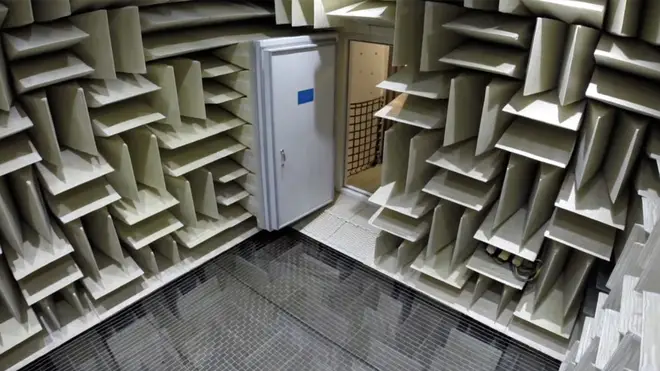
Inside the quietest room in the world
In the outside world, our ears are always exposed to some level of noise. But in the chamber, there is no air pressure at all on the ear drums, because there is no echo.
Hundraj Gopal, principal designer of the chamber at Microsoft, told CNN: “Most people find the absence of sound deafening, feel a sense of fullness in the ears, or some ringing. Very faint sounds become clearly audible because the ambient noise is exceptionally low.
“When you turn your head, you can hear that motion. You can hear yourself breathing and it sounds somewhat loud.”
The background noise in the echoless chamber, Gopal explains, is as close to the ‘absolute zero of sound’ as you can get, without entering a vacuum.
Sitting atop an array of vibration damping springs, the isolated chamber is enveloped by six layers of concrete and steel, which help to block out all sound from the outside world. Fiberglass wedges cover the floor, ceiling and walls, breaking up sound waves before they have a chance to reverberate back into the room.
Inside, the measured noise level is negative decibels – to be precise, -20.3 dB, which is 20.3 decibels below the threshold of human hearing. For context, calm breathing can be heard at 10dB in a normal room, and a soft whisper at 30dB.
Read more: How good is your hearing? Take our test >
The concrete bunker currently holds the Guinness World Record for the world’s quietest place after swiping the title from another chamber in Minneapolis, which has noise levels of -9.4 decibels. The Orfield Laboratories, once dubbed “the quietest place on earth” (see below), is now open to the public and has become a tourist hot spot.
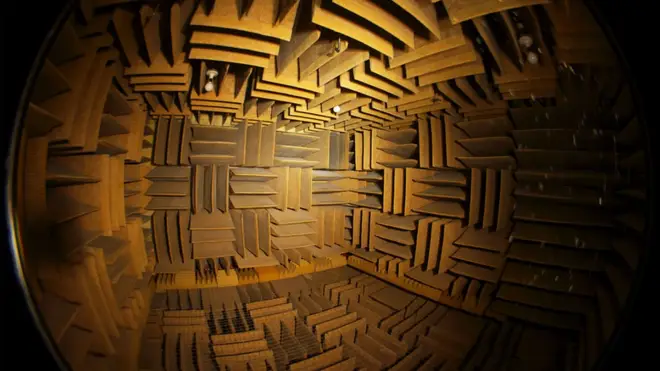
What is the world’s quietest room used for?
Like most anechoic chambers, Microsoft’s quiet room is used to test out sound equipment and electronic devices. The tech giant uses it to analyse the clicks and hums of new computer devices, microphones, headphones and speakers.
These rooms are more common than you might think. In the photo below, senior research Audiologist John Macrae is pictured playing the recorder in Australia’s own “quietest room”, the National Acoustic Laboratories in Chatswood, Sydney.
Shaped foam covers the walls, ceiling and floors. With no hard walls in the chamber, no sound waves are reflected back.
The NAL do lots of research into improved earmuffs and plugs, to counteract the effects of workplace noise. Because there is no peripheral sound in the room, the effectiveness of various ear protectors can be tested accurately.
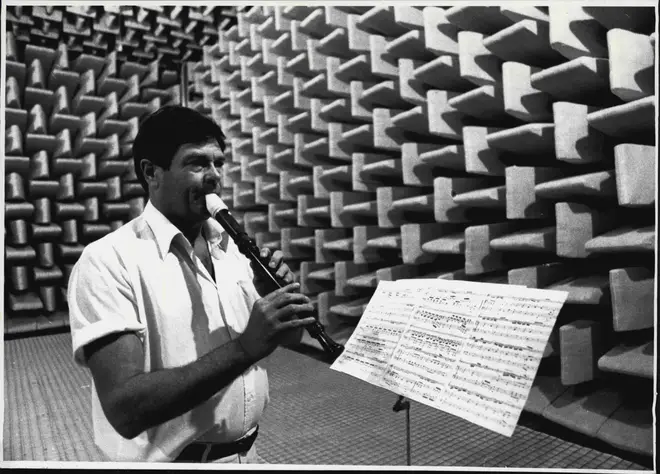
How long can you stay inside the world’s quietest room?
“Earth’s quietest place will drive you crazy in 45 minutes,” a Smithsonian article claims.
There are various rumours about the longest time anyone has spent in the world’s quietest room.
And while there’s no official competition running, Gopal at Microsoft tells CNN: “The longest continuous time anyone has spent inside the chamber is about 55 minutes.”
























